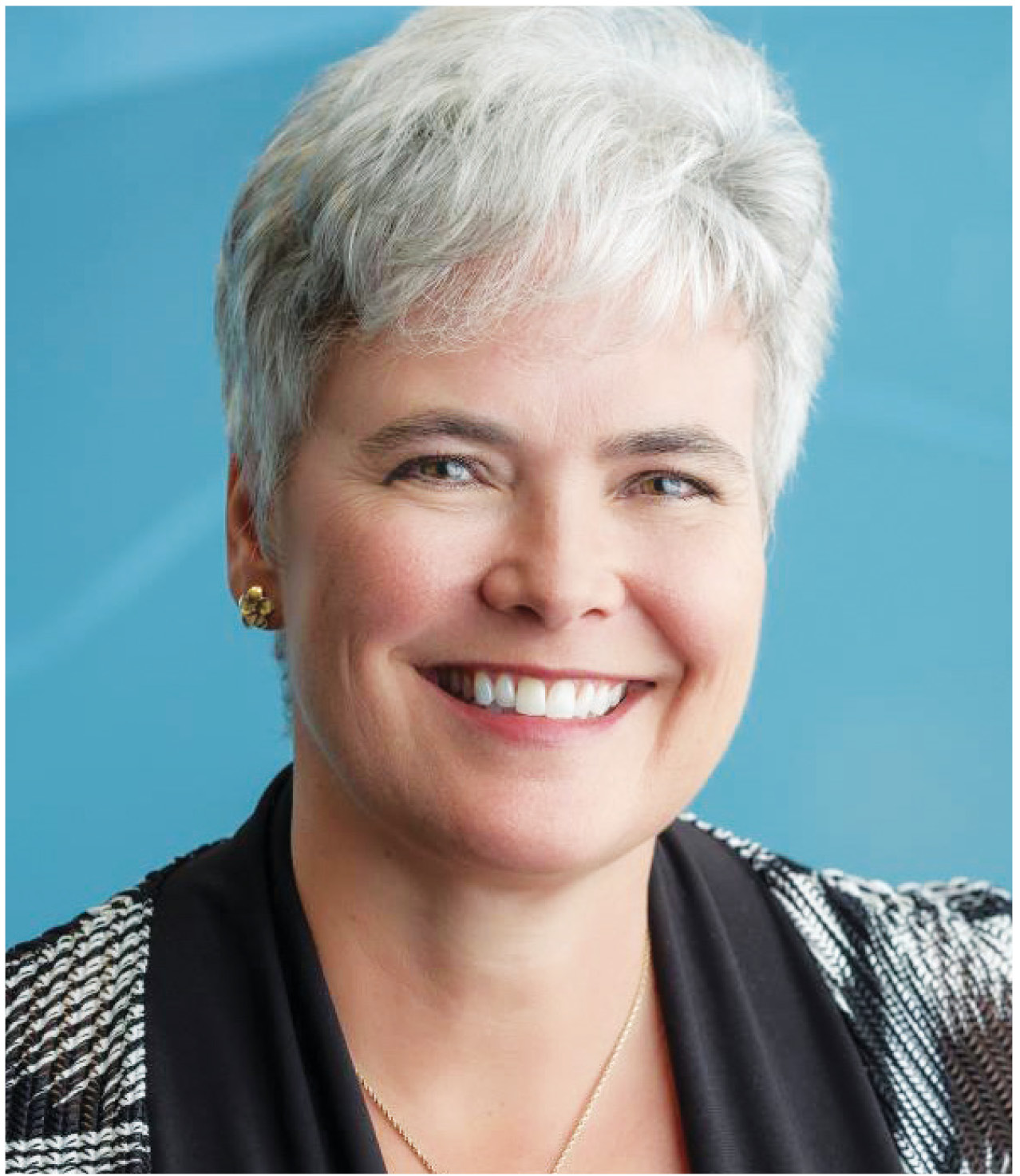COVID-19 reflections
 |
| Dr Kathleen Ross |
It is 2 April 2020 as I write this President’s Comment. Across Canada the first wave of the coronavirus crisis is beginning to take off. Using frameworks fine-tuned through other pandemics, we have been implementing stronger and stronger public health measures to slow the spread. And yet the numbers are slowly rising. I feel like I am standing on the beach watching the water drain away ahead of the tsunami.
Last month I messaged all of you to mobilize our profession in amplifying the orders of one of our own, Dr Bonnie Henry, our provincial health officer. I cannot imagine a calmer and more organized physician to lead our health care system and the public through this time—providing information that is timely, relevant, factual, and free from alarmist tone. Many of you joined the communication stream to add your professional knowledge, personal experience, and credibility to ensure the public got the message to self isolate and practise physical distancing.
This is a time unlike any we have seen before, and one I hope we will not see again in our lifetime. Physicians’ tireless work in responding to the pandemic has been supported by public health, government, health authorities, health care leaders, health care workers, and the public. Canadians have weathered an unprecedented disruption to our lives and to the health care system, which has mobilized to meet the necessary changes in a way that many would not have thought possible over such a short time.
Virtual care ramped up seemingly overnight in support of COVID-19 screening and longitudinal care. Our front-line primary care and specialist providers have been working with all partners to ensure that patients can still access care for their usual medical conditions and ensure that our most vulnerable patients stay connected to necessary services.
Physicians and health care leaders inside our facilities have put aside differences and pulled together to nimbly solve critical issues involving physical space, beds, ventilators, oxygen supplies, testing processes, staff shortages, and shortages of personal protective equipment. No one has been idle.
Physicians have rallied together to share knowledge about processes that were successful, and those that were less so. You have created Facebook, Slack, and WhatsApp groups to support each other, plan next steps, and debrief about critical situations and the ongoing stress of being in a hazardous environment.
Untold numbers of physicians and other health care providers have shown up to work every day facing the threat that they would fall ill. Many may still fall ill, and some may not survive. Tough decisions lie ahead about the rationing of critical care if our resources are outpaced. Knowing this, you all continue to come to work anyway. All of you are heroes.
I hope by the time this is published we will see the light at the end of the darkness, and we will have conquered the first wave of the coronavirus. We know the virus will come back for a second wave, and I’m confident you will rise to face this challenge with the same courageous and innovative spirit you’ve all embodied thus far.
I will be standing there with you, providing hands-on care, all the while doing my best to keep those I work with and care for, safe from harm.
—Kathleen Ross, MD
President, Doctors of BC

